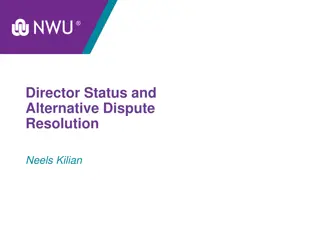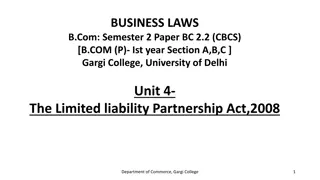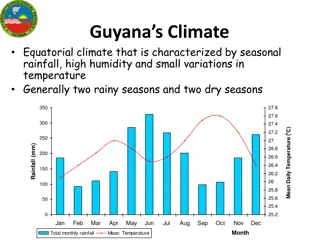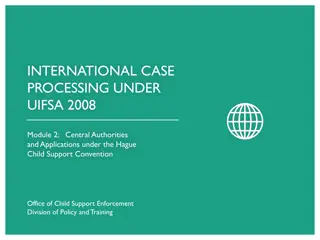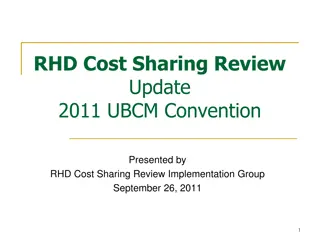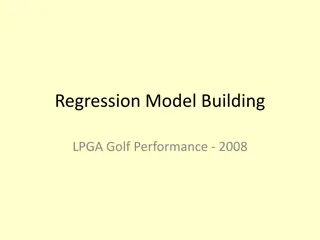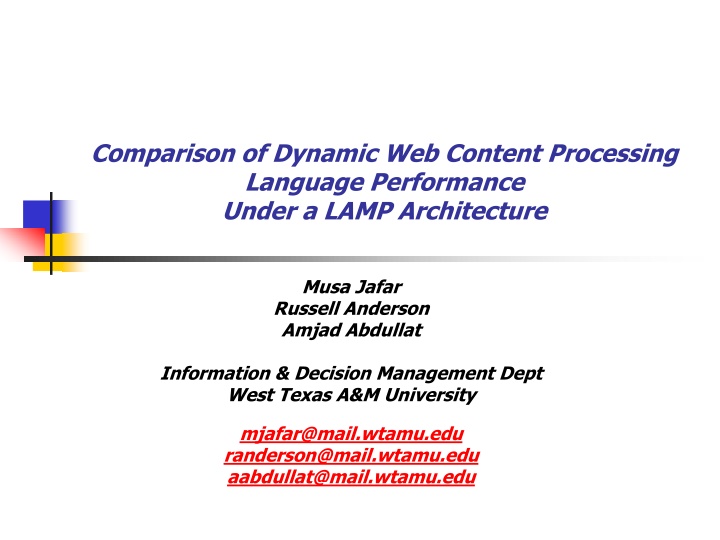
Performance Analysis of Dynamic Web Content Processing Languages in a LAMP Environment
Explore the performance of dynamic web content processing languages under a LAMP architecture through testing scenarios and configurations. Learn about LAMP stack components and their role in web-based applications. Analyze concurrent user test configurations and test results to understand the average response times for Perl, Python, and PHP on SE Linux and Redhat platforms.
Download Presentation

Please find below an Image/Link to download the presentation.
The content on the website is provided AS IS for your information and personal use only. It may not be sold, licensed, or shared on other websites without obtaining consent from the author. If you encounter any issues during the download, it is possible that the publisher has removed the file from their server.
You are allowed to download the files provided on this website for personal or commercial use, subject to the condition that they are used lawfully. All files are the property of their respective owners.
The content on the website is provided AS IS for your information and personal use only. It may not be sold, licensed, or shared on other websites without obtaining consent from the author.
E N D
Presentation Transcript
Comparison of Dynamic Web Content Processing Language Performance Under a LAMP Architecture Musa Jafar Russell Anderson Amjad Abdullat Information & Decision Management Dept West Texas A&M University mjafar@mail.wtamu.edu randerson@mail.wtamu.edu aabdullat@mail.wtamu.edu
Presentation Outline LAMP Appliance Framework Test Scenarios Test Results Summary and observations
Web Interaction Scenario Scenario User WebServer DynamicContentProcessor MySQL Server WebClient submitRequest localProcessing httpRequest localProcessing processRequest localProcessing databaseCall resultSet localProcessing wellFormedHTMLPage localProcessing httpResponse displayContent
What is LAMP LAMP is an open source, web-based application solution stack. It is comprised of (1) an operating system platform running Linux, (2) an Apache web server, (3) a MySQL database management system, and (4) a Dynamic Web Content Processor language such as Perl, Python or PHP scripting languages paired with its corresponding MySQL Database Interface Module.
Concurrent Users Test Configurations scenario One (Pure CGI, No database Connectivity) scenario Two (a Simple Database query) Scenario Three (a Database Insert-Update-Delete Transaction)
Test Configuration For each platform (SE Linux, Redhat) For each language (Perl, Python, PHP), For each number of concurrent users (1,5,10,25,50,75,100,125,50) configure a test, perform and monitor a test gather test results End For End For Tabulate, analyze and plot the average-page-response time for Perl, Python and PHP under a platform End For
Pure CGI Scenario User WebServer DynamicContentProcessor WebClient submitRequest localProcessing httpRequest localProcessing processRequest localProcessing wellFormedHTMLPage localProcessing httpResponse displayContent
Figure 4: SE Linux, Dynamic Web Page Request Figure 5: Redhat Dynamic Web Page Request
DBI Scenario User WebServer DynamicContentProcessor MySQL Server WebClient submitRequest localProcessing httpRequest localProcessing processRequest localProcessing databaseCall resultSet localProcessing wellFormedHTMLPage localProcessing httpResponse displayContent
Figure 6: SE Linux, Simple Query Request Figure 7: Redhat Simple Query Request
DBI Scenario User WebServer DynamicContentProcessor MySQL Server WebClient submitRequest localProcessing httpRequest localProcessing processRequest localProcessing databaseCall resultSet localProcessing wellFormedHTMLPage localProcessing httpResponse displayContent
Figure 8: SE Linux, Insert, Update, Delete Transaction Figure 9: Redhat Insert, Update, Delete Transaction
Summary and Observations Multi-tiered, HTTP based applications suffer from the inability of the HTTP protocol to propagate meaningful error and status information from a back-end tier, such as the data tier, to the presentation tier the web client. Web clients communicate with a web server only. Standards for communicating server status information to the client were defined as static status-codes ranging from 1XX to 5XX by W3C protocol including the classic 404 Not Found status-code (RFC-2616, 1999, HTTP 1.1). These values are numeric and hard coded. Status Codes are not extensible to allow for the encoding of status information from a back-end tier such as a database server.
Summary and Observations An appliance framework allows performance engineers to focus on the task at hand. Tests can be replicated, reconfigured and reproduced in a matter of minutes through the graphical user interface of the appliance. The appliance framework transforms the job of the performance engineer from a programmer to that of a test designer and analyzer. Automatic testing exposed the limitations of the HTTP protocol in propagating third-tier status codes such as database connection timeouts, deadlocks and violations as HTTP header information to the web-client for interpretation
Summary and Observations Our Kludgy Propagating remote tier errors to the client, reported as a special category of HTTP error code that is not within the range of our experiment codes. #!/usr/bin/perl use strict; use DBI(); if(my $x = DBI::err) { my $y = DBI::errstr; responseBack(501, "$x $y DBI Error"); } sub responseBack { my $err = 501; my $message = "Connection to Database Failed"; my $results = "$err $message"; if(@_){ ($err, $message, $results) = @_; } print("status: $err $message\n"); print("content-type: text/html\n\n"); print("<html>\n"); . print("</html>\n"); exit; }
Questions? Thank You

![READ⚡[PDF]✔ Space Exploration 2008 (Springer Praxis Books)](/thumb/21608/read-pdf-space-exploration-2008-springer-praxis-books.jpg)




